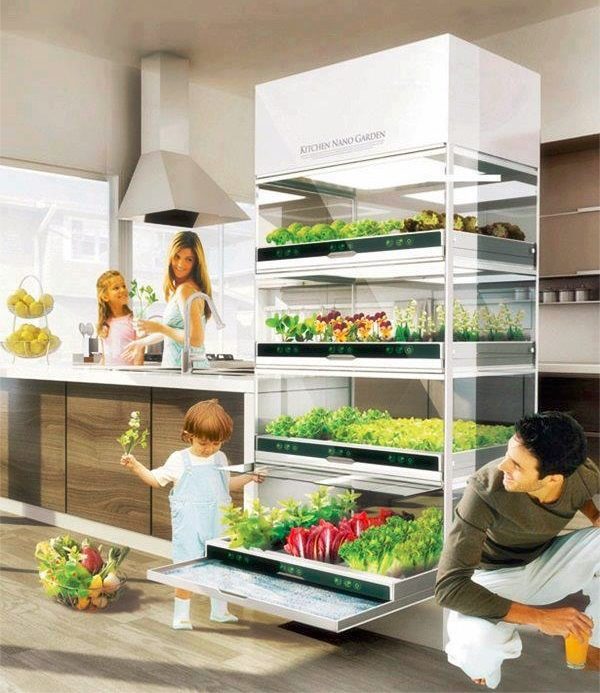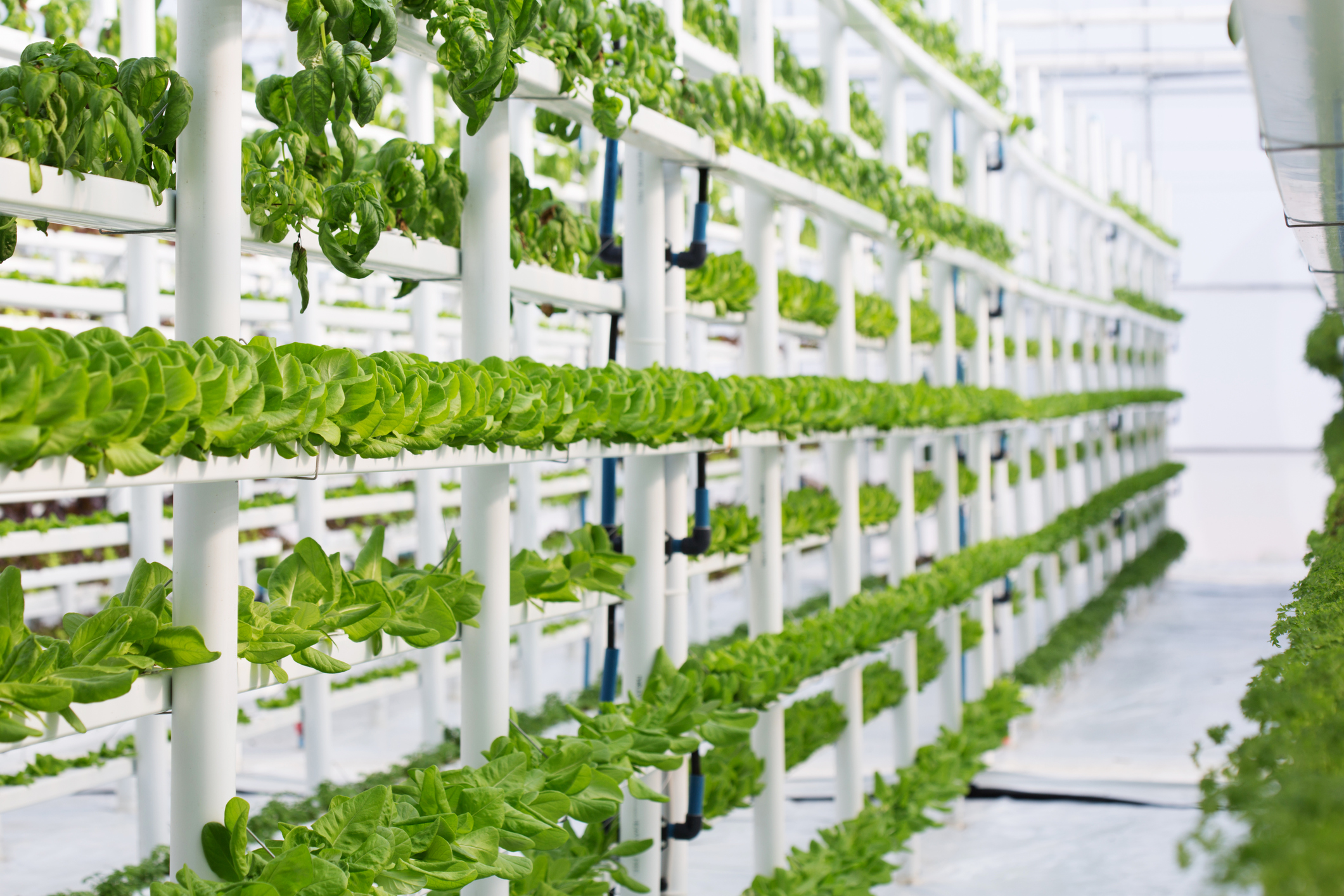Harnessing the Power of Indoor Herb Gardening with Hydroponics
For leaf seekers at kratomforum.org and beyond, Indoor Herb Gardening with Hydroponics offers a compelling path to fresh, flavorful herbs year-round, regardless of climate or space constraints. This method provides a practical and efficient way to cultivate your favorite herbs, even in the smallest apartments. Mastering indoor herb gardening with hydroponics requires understanding several key aspects, from selecting the right system to maintaining optimal growing conditions. This comprehensive guide will equip you with the knowledge and confidence to succeed in your indoor herb gardening with hydroponics journey.
Getting Started with Indoor Herb Gardening with Hydroponics
Indoor herb gardening with hydroponics is a rewarding endeavor, offering unparalleled control over the growing environment. Unlike traditional soil-based gardening, hydroponics eliminates soil-borne diseases and pests, resulting in healthier, faster-growing plants. This method is particularly well-suited for herbs, which often thrive in consistent, nutrient-rich conditions. Choosing the right hydroponic system for your indoor herb garden is the first crucial step in your indoor herb gardening with hydroponics adventure.
Choosing Your Hydroponic System
Several hydroponic systems are available, each with its own advantages and disadvantages. Deep water culture (DWC) systems are simple and cost-effective, ideal for beginners venturing into indoor herb gardening with hydroponics. Nutrient Film Technique (NFT) systems provide excellent oxygenation, promoting rapid growth. Drip systems offer precise nutrient delivery, while wick systems are entirely passive, requiring minimal maintenance. Consider the space you have available, your budget, and your comfort level with different technologies when selecting a system for your indoor herb gardening with hydroponics project. Researching each system thoroughly before purchasing will ensure you choose the best fit for your needs and your indoor herb gardening with hydroponics goals.
Essential Factors for Successful Indoor Herb Gardening with Hydroponics
Successful indoor herb gardening with hydroponics hinges on several critical factors. Maintaining optimal nutrient levels is paramount. Hydroponic nutrients are specifically formulated to provide plants with the essential macro and micronutrients they need for vigorous growth. Follow the manufacturer’s instructions carefully, adjusting nutrient concentrations as needed based on the growth stage of your herbs. Regular monitoring of pH levels is equally crucial; most herbs thrive in a slightly acidic environment (pH 6.0-6.5). Use a pH meter to regularly check and adjust the pH of your nutrient solution. Indoor herb gardening with hydroponics demands attention to detail in these areas.
Lighting Considerations for Indoor Herb Gardening with Hydroponics
Light is another critical factor for indoor herb gardening with hydroponics. Herbs require ample light to photosynthesize effectively. LED grow lights are energy-efficient and provide the full spectrum of light needed for healthy growth. Ensure your lights are positioned at the correct distance from your plants to avoid burning or stretching. The duration of the light cycle (photoperiod) also affects plant growth; most herbs benefit from a 12-16 hour photoperiod. Experimentation and careful observation will help you determine the optimal lighting conditions for your specific herbs and your indoor herb gardening with hydroponics setup.
Nutrient Management in Indoor Herb Gardening with Hydroponics

Proper nutrient management is the cornerstone of successful indoor herb gardening with hydroponics. Using a high-quality hydroponic nutrient solution is essential. These solutions are formulated to provide the precise balance of macro and micronutrients that your herbs need. However, simply adding nutrients isn’t enough; you must also monitor and adjust nutrient levels regularly. Regular testing of your nutrient solution’s pH and electrical conductivity (EC) is crucial to ensure your plants receive the optimal balance of nutrients. Over-fertilization can be just as damaging as under-fertilization. Indoor herb gardening with hydroponics requires careful attention to this detail.
Water Quality for Indoor Herb Gardening with Hydroponics
The quality of your water is just as important as the nutrients you add. Use filtered or distilled water to avoid introducing impurities that can harm your plants. Tap water often contains chlorine and other chemicals that can negatively impact plant health. If you must use tap water, allow it to sit out for 24 hours to allow chlorine to dissipate. Maintaining clean water is an integral part of successful indoor herb gardening with hydroponics. Regularly changing your nutrient solution is essential to prevent the buildup of salts and other impurities.
Troubleshooting Common Problems in Indoor Herb Gardening with Hydroponics
Even with careful planning and execution, you may encounter some challenges in your indoor herb gardening with hydroponics journey. Nutrient deficiencies are a common problem. Yellowing leaves can indicate a lack of nitrogen, while brown leaf tips might suggest a potassium deficiency. Regularly monitoring your plants for signs of deficiency will allow you to address problems early. Pest infestations can also occur, but they are less common in hydroponic systems than in soil-based systems. Inspect your plants regularly for signs of pests and take appropriate action if necessary. Indoor herb gardening with hydroponics requires vigilance and proactive problem-solving.

Addressing Nutrient Deficiencies in Indoor Herb Gardening with Hydroponics
Nutrient deficiencies can significantly impact the health and yield of your herbs. Recognizing the symptoms of different deficiencies is crucial for effective treatment. Chlorosis (yellowing of leaves) is a common symptom of nitrogen deficiency, while purplish coloration can indicate phosphorus deficiency. Leaf curling or marginal necrosis (brown edges) may indicate potassium deficiency. By understanding these symptoms, you can promptly adjust your nutrient solution to provide the necessary nutrients and restore your plants’ health. Indoor herb gardening with hydroponics often involves learning to interpret your plants’ visual cues.
Harvesting and Maintaining Your Indoor Herb Garden with Hydroponics
Harvesting your herbs is a rewarding part of the process. Harvest herbs regularly to encourage bushier growth and maximize yield. Use sharp scissors or pruning shears to make clean cuts, avoiding damaging the stems. Proper harvesting techniques contribute to the longevity and productivity of your indoor herb gardening with hydroponics setup. Regular maintenance is key to keeping your system running smoothly. Clean your system regularly to prevent the buildup of algae and other contaminants. Replacing your nutrient solution periodically will also help maintain optimal growing conditions. Indoor herb gardening with hydroponics is a continuous process of care and attention.
Expanding Your Indoor Herb Gardening with Hydroponics

Once you’ve mastered the basics of indoor herb gardening with hydroponics, you can explore expanding your operation. Experiment with different herbs to discover which ones thrive in your system. Consider adding more grow lights to increase your growing capacity. You might also explore different hydroponic techniques, such as aeroponics, for even greater control over your growing environment. Indoor herb gardening with hydroponics offers endless opportunities for growth and experimentation. The possibilities are vast, and the rewards are plentiful.
Final Thoughts on Indoor Herb Gardening with Hydroponics
Indoor herb gardening with hydroponics offers a rewarding and efficient way to cultivate fresh herbs year-round. By understanding the key principles of hydroponics and paying attention to detail, you can create a thriving indoor herb garden. Remember, consistent monitoring, proper nutrient management, and appropriate lighting are crucial for success. With patience and dedication, you can enjoy the delicious flavors of homegrown herbs throughout the year, regardless of external conditions. Embrace the challenge, and enjoy the fruits (or rather, herbs!) of your labor.
Tags: hydroponic herbs, indoor gardening, herb gardening, hydroponics systems, grow lights

